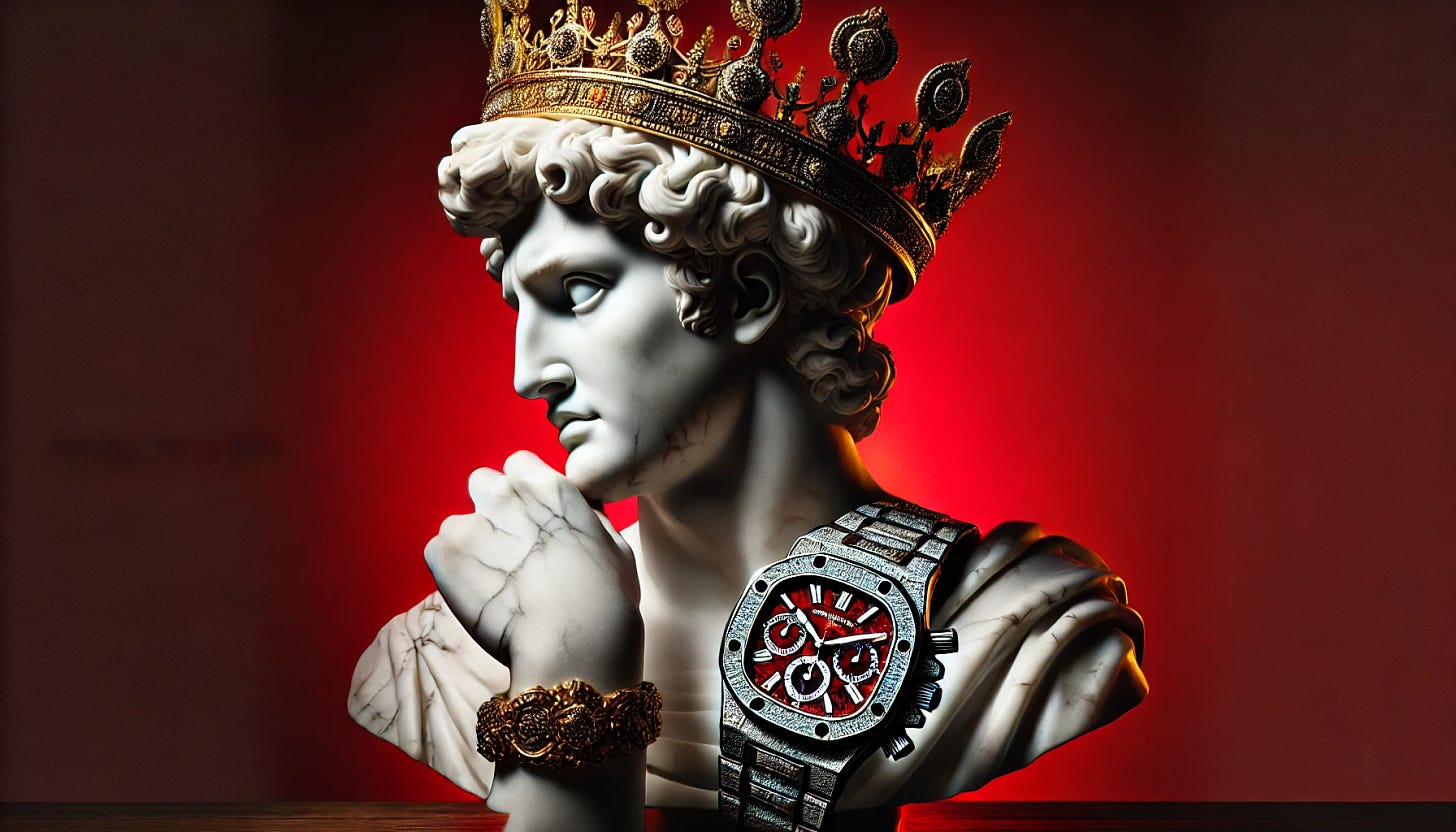Why Scarcity is Luxury’s Most Powerful Asset
From Hermès to Ferrari, how controlling supply fuels desirability in luxury.
The Illusion of Scarcity in Luxury
Luxury brands thrive on what they don’t sell.
From Ferrari refusing to sell its most exclusive cars to first-time buyers to Hermès making Birkins notoriously hard to purchase, the scarcity effect is the ultimate tool for luxury branding.
But what makes scarcity so powerful? And how can brands use it without alienating customers?
The Three Types of Scarcity in Luxury
1. Natural Scarcity (True Rarity)
Some luxury goods are scarce simply because they are difficult to produce.
Domaine de la Romanée-Conti makes some of the rarest wines in the world—because their vineyard is small and cannot produce more.
Patek Philippe’s Grand Complications require thousands of hours to craft by hand, limiting production.
2. Controlled Scarcity (Manufactured Demand)
Many brands intentionally limit supply to fuel desirability.
Ferrari produces fewer cars than demand requires to maintain exclusivity.
Hermès uses a waitlist system for Birkins—you can’t just walk in and buy one.
3. Perceived Scarcity (Psychological Demand)
Even when a product isn’t truly rare, brands create the illusion of scarcity.
Nike’s sneaker drops are technically mass-produced, but limited-edition releases create hype.
Luxury fashion houses ‘retire’ designs, only to bring them back years later at higher prices.
Why Scarcity Works in Luxury
The luxury customer is not just buying a product—they are buying access.
Psychological Ownership – Customers value what is difficult to obtain.
Status Signalling – Scarce items signal exclusivity and prestige.
Demand Inflation – The harder something is to get, the more people want it.
Hermès, Ferrari, and Rolex don’t chase customers—customers chase them. This is the fundamental power of scarcity in luxury.
The Fine Line Between Scarcity and Alienation
When Scarcity Backfires
If brands make products too inaccessible, they risk frustrating customers.
If scarcity feels artificial, customers may lose trust.
Brands like Tesla and Louis Vuitton have faced backlash for inconsistent pricing and unclear supply strategies. Scarcity must be intentional, not gimmicky.
The best luxury brands balance exclusivity with accessibility—giving just enough access to fuel desire, but never enough to make it feel ordinary.
True luxury is always just out of reach.





